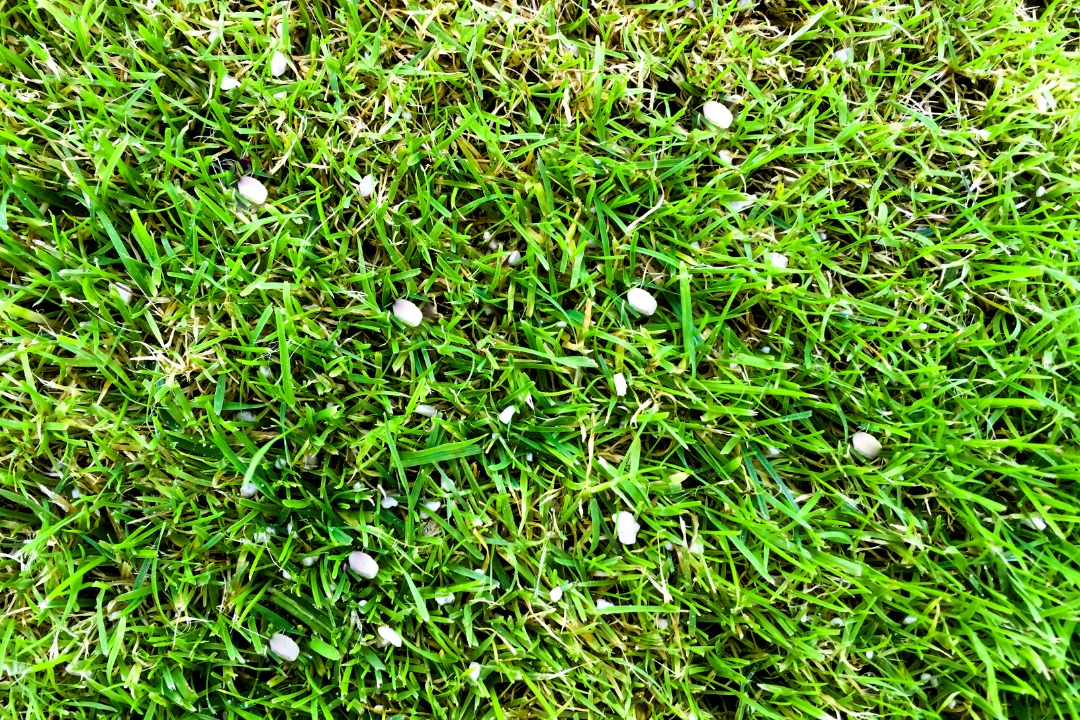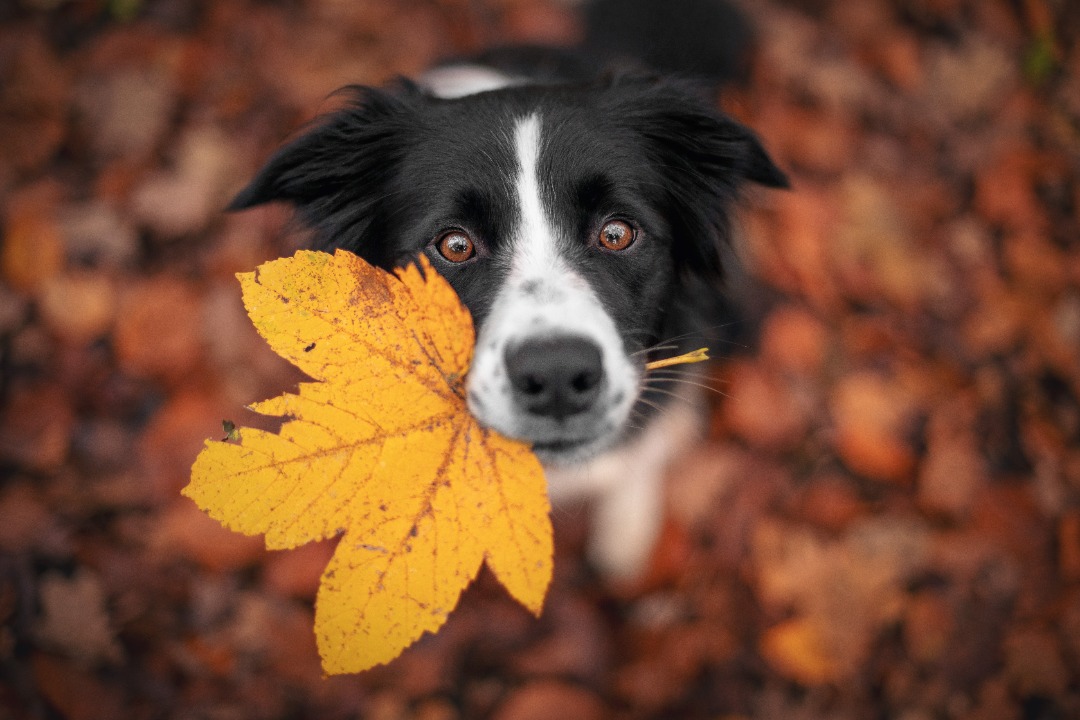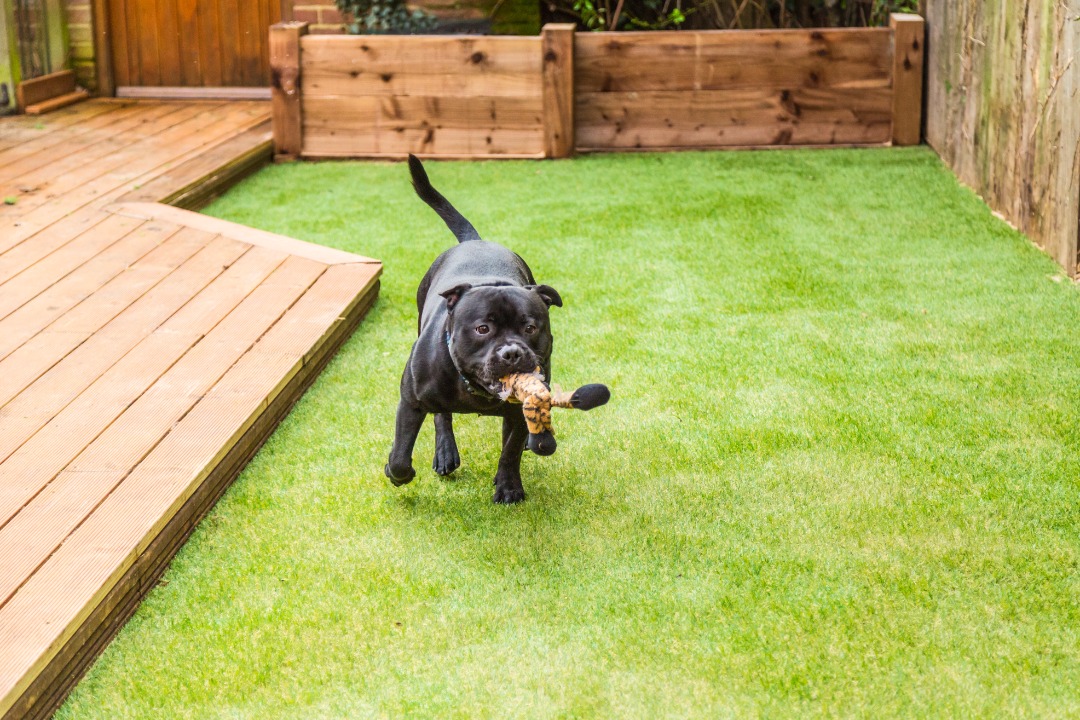A Helpful Guide to Pet-Friendly Lawn Treatment Programs
Avoid Using Chemical Lawn Treatment Programs for Your Lawn
The Negative Side Effects of Chemical Lawn Treatments
Chemical lawn treatments may seem like the fastest way to fix a yard full of weeds or discoloration, but they often come with hidden risks. Many of these treatments contain ingredients that can be harmful to pets, especially when they linger on the surface after application. Dogs love to sniff, roll, and play in the grass, which makes it easier for them to ingest or absorb those harmful chemicals. Even walking on recently treated grass can lead to irritation, especially for pets with sensitive paws.
These types of products also harm your soil in the long run. Overuse of chemical-based lawn treatment programs can weaken the natural structure of your yard, making your grass more dependent on artificial inputs to stay green. The lawn may appear healthy on the surface, but it may be struggling underneath. For pet owners, this creates a double concern. Not only is the grass at risk, but so is your pet’s health every time they step outside.
The Best Alternative Options for a Pet-friendly Lawn
Thankfully, there are much safer and smarter options out there for building a pet-friendly lawn. Organic lawn treatment programs are designed to feed the soil using natural ingredients like compost, seaweed, or plant-based nutrients. These treatments encourage root growth, support microbial activity, and help create a thicker, healthier lawn over time. Most importantly, they are safe for your pets to be around.
You can also try spot-treating weeds by hand or using vinegar-based herbicides in place of harsh chemicals. If your lawn struggles with pests or patchiness, there are natural solutions available that do not compromise your pet’s safety. Choosing a gentler treatment approach will not only benefit your yard but also give you peace of mind when your pet is out playing. A truly pet-friendly lawn is one where you do not have to worry every time your dog rolls in the grass.

Try to Adjust Your Lawn Treatment Programs for Your Pets
The Importance of Prioritizing Safety
For pet owners, creating a safe and beautiful lawn starts with choosing lawn treatment programs that consider how pets interact with outdoor spaces. Many dogs treat the backyard as their playground, and they often spend hours outside running, playing, and exploring. If you are applying fertilizers or weed control products, it is important to think about how those products will affect your pet’s daily routine. Taking steps to protect your pet from unnecessary exposure shows that you are putting their health first.
One easy change is adjusting the timing of your applications. Try to treat your lawn in the early morning or evening when pets are indoors and let the yard fully absorb the treatment before letting them back out. This reduces the chances of contact with active ingredients. If you are not sure how long to wait, always follow label instructions or consult a lawn care expert. Making these simple changes to your treatment routine can make a big difference.
Avoid Over-Fertilizing Your Lawn
It is a common misconception that more fertilizer always leads to better results. In reality, over-fertilizing your lawn can burn the grass, lead to excess runoff, and even increase the chance of chemical buildup on the surface. For pet owners, that means more risk every time your dog goes outside. Even high-quality products can be harmful if they are used in excess or applied too frequently.
Instead of going overboard, focus on a well-balanced lawn care schedule that aligns with seasonal needs. Natural fertilizers often work slower, but they offer more long-term benefits without the same risks. Spreading out your applications allows the lawn to absorb nutrients more effectively, and your soil will be able to support healthier growth. Your lawn will still look green and full, but your pets will not be walking through areas loaded with residue.

Get Dog-Resistant Grass for Your Lawn Treatment Programs
What is Dog Friendly Grass Exactly?
Dog friendly grass refers to grass types that can stand up to the wear and tear pets often bring with them. Some types of grass are just more resilient when it comes to digging, running, or even repeated bathroom use. When dogs play on the same patches of grass over and over, weaker varieties can easily thin out or die off. But with the right kind of turf, you can help your lawn bounce back faster and stay healthy for longer.
A pet-friendly lawn also needs to be comfortable. Dogs enjoy soft, cool surfaces that do not irritate their skin or paws. That is why it is so important to choose grass that feels good underfoot but also holds its structure through changing seasons. The better the base, the less patch repair you will need to do later. Dog friendly grass gives you the best of both worlds: durability and comfort.
The Best Kinds of Dog Friendly Grass
When it comes to choosing a durable grass for pet-heavy yards, tall fescue is one of the most popular picks. It has a deep root system that helps it stay strong through droughts and heavy traffic. Kentucky bluegrass and perennial ryegrass are also great choices for homeowners looking for fast recovery and dense coverage. These grasses are known for their ability to repair themselves quickly, which is great for spots that see a lot of action.
If you live in a warmer region, zoysia grass is another good option. It grows slowly but spreads wide, forming a thick layer that feels like a soft rug and holds up well to regular use. These types of grass work especially well when paired with lawn treatment programs designed for low maintenance and high traffic. By picking the right grass up front, you will save time, money, and worry in the long run. You will also give your pets a space they can enjoy safely, all year round.

Conclusion
By incorporating these strategies, you can secure the health of your lawn and your furry family members. We know that the health and wellbeing of your family shouldn’t be compromised at the cost of a nice, green lawn. That’s why we think it’s important to share this news, so you know you can get the perfect lawn without any strings attached. By taking these steps, you’ll truly make a difference for your lawn and landscape. The first step starts with taking the leap to a healthier, better way for your lawn.
But what if you don’t have enough time, or don’t know how to reach that goal? It can be a maze to find reliable, environmentally friendly products. Life can get busy, but with the transience that comes with life, there is one thing you can count on. A good landscaping company to help handle your headaches. By working with Greenway, we’ll be able to provide you with reliable and healthy lawn treatment plans that won’t compromise the health of your family. We have the experience, knowledge and skills to lead you to a greener way for your lawn. Lawn treatment programs can be ‘ruff’ on your lawn, but it doesn’t have to be. Contact us today and we’ll present some of the best lawn treatment programs for your lawn today!

“I've been dealing with Greenway for several years now and their work has always been exemplary! They took over my weed control and the results have been night and day compared to the treatments I attempted on my own (and for an incredibly reasonable price)”

“Greenway Lawn Care is a fabulous company!! Michael and his staff always contact me before they do my yard and do it to my specifications, taking care to remember my dog in the back yard. The applications are done in a timely fashion and, most of all, our yard looks fantastic!!”

“Greenway has been great to work with on my lawn treatments. My yard consistently looks healthy. They do a great job of spotting any issues and providing a solution. Always professional and courteous. I highly recommend it.”

“I cannot say enough great things about Greenway Lawn Care! Michael Cowan, the owner and operator, is truly a professional who goes above and beyond to ensure exceptional service.”

“Michael and his crew do a great job keeping my yard weed free and nourished. His extra care in helping me when needed is great.”
SERVICES
Lawn Care
Weed Control
Fertilizer
Lawn Services
Shrub Fertilization
Commercial Lawn Treatments
Ant control
Lawn Treatment Programs
SERVICE AREAS

"*" indicates required fields
 (205) 842-4436
(205) 842-4436 info@greenwaylawncareal.com
info@greenwaylawncareal.com